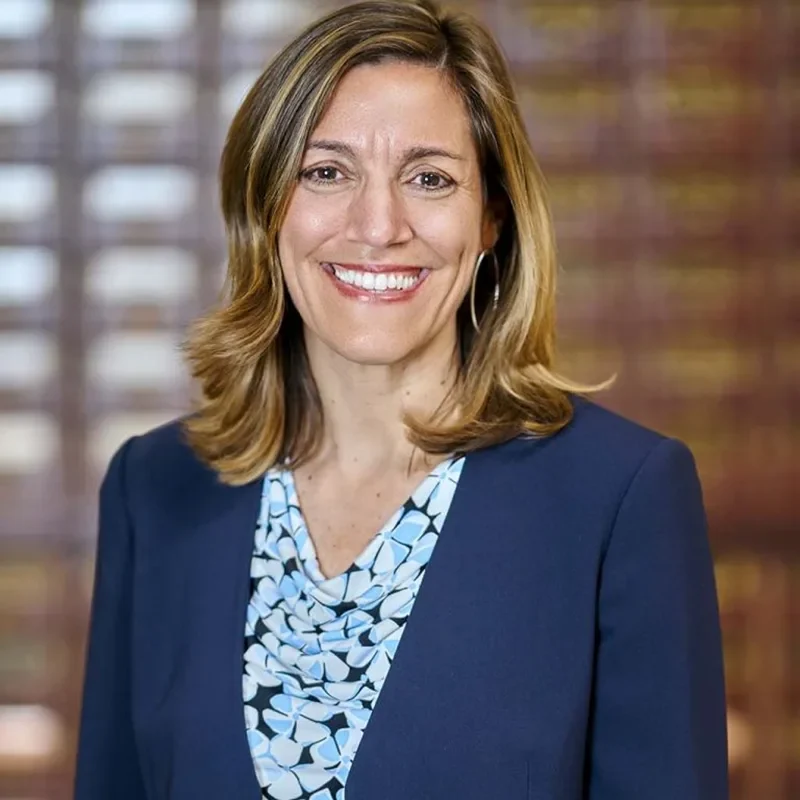Dear ONE illuminates the lives of ordinary queer Americans as recounted through letters written between 1953 and 1967, to L.A.’s ONE Magazine , the first openly gay and lesbian periodical in the United States. Looking for love, friendship, advice or understanding, readers wrote of loneliness and longing, of joy and fulfillment, and of their daily lives, hidden from history. This dramatic reading is adapted and directed by Zsa Zsa Gershick from material from ONE National Gay & Lesbian Archives at USC.



